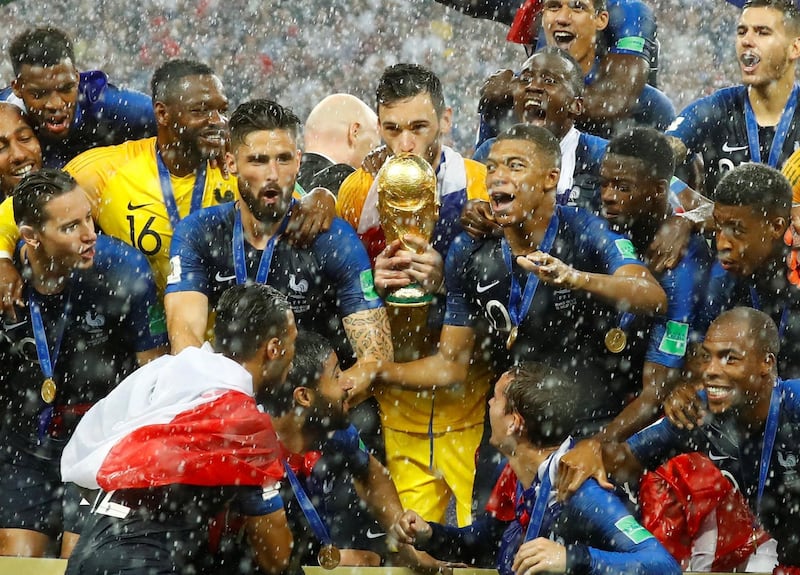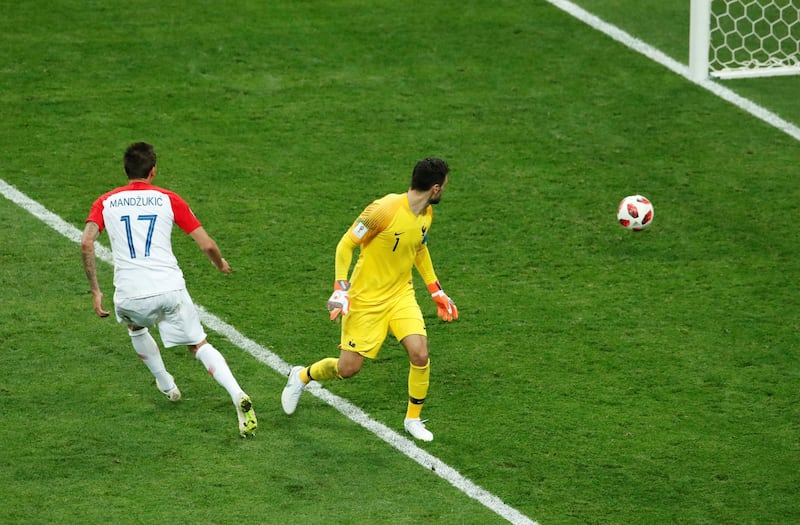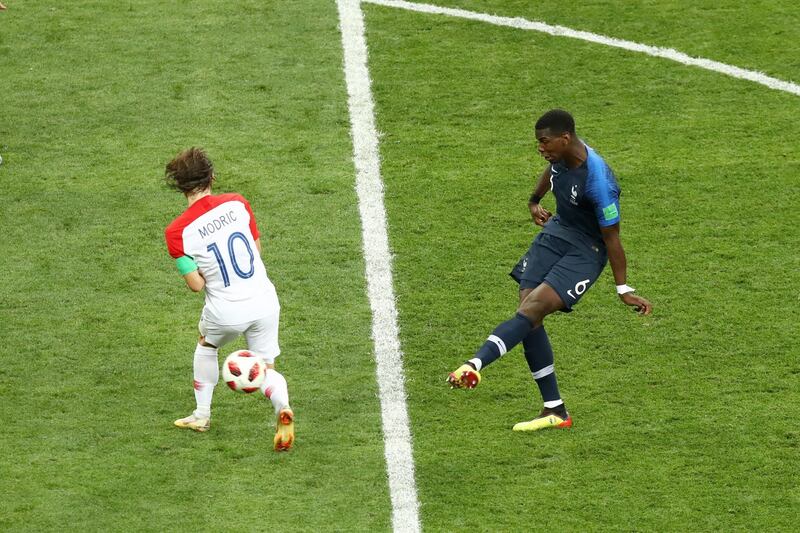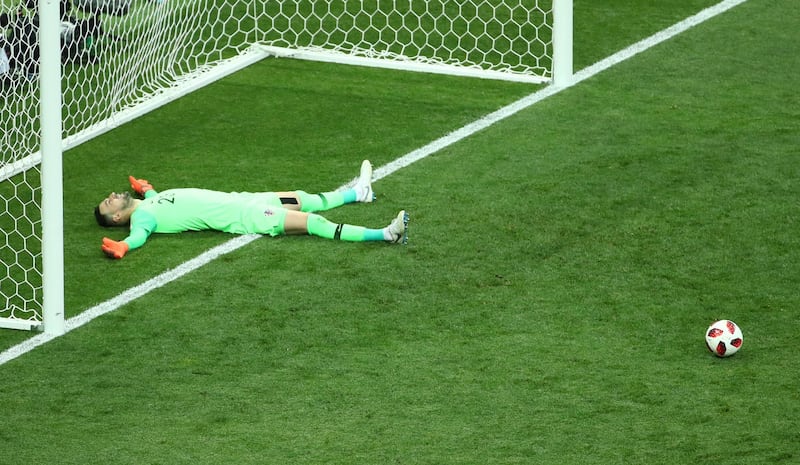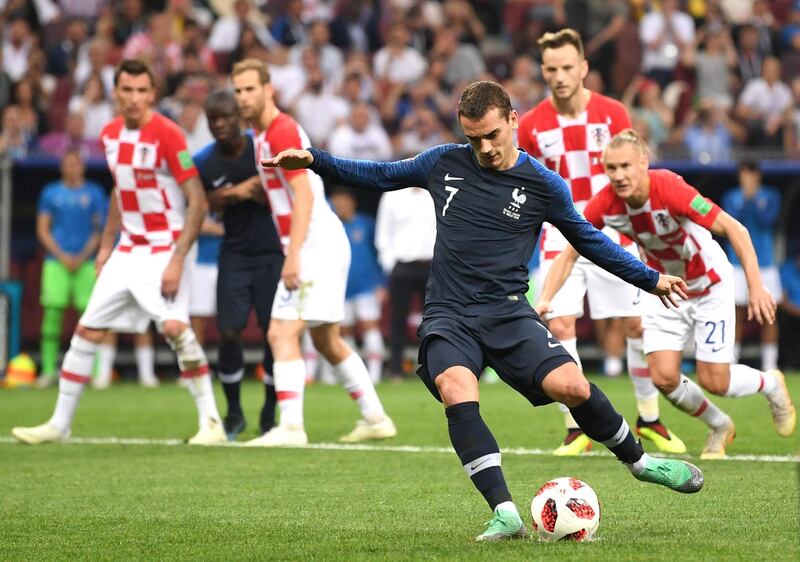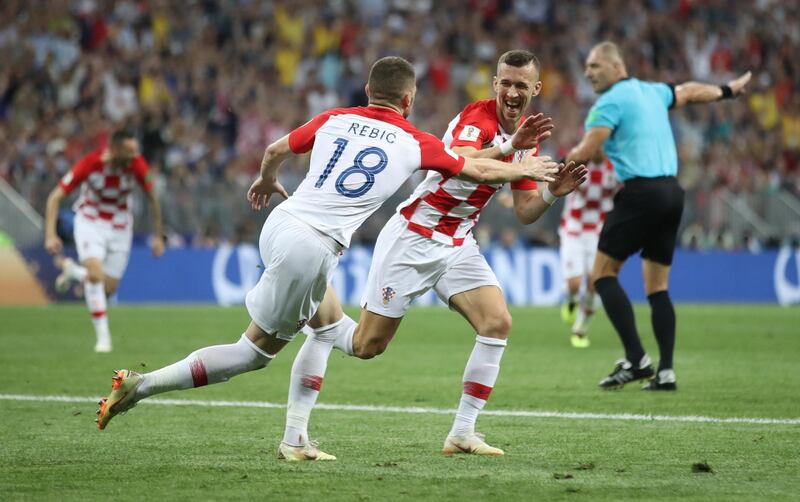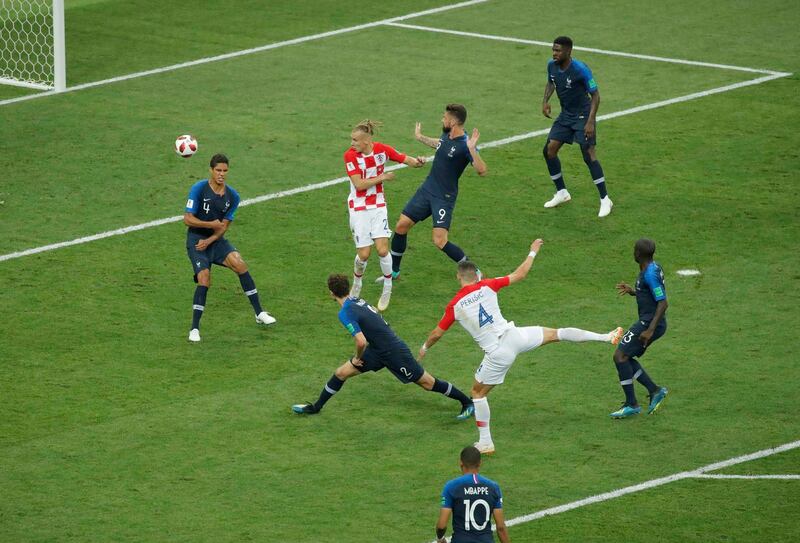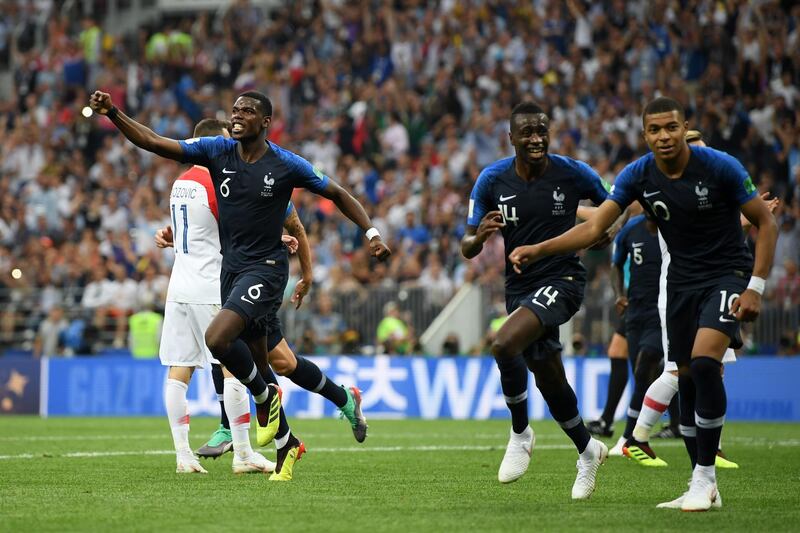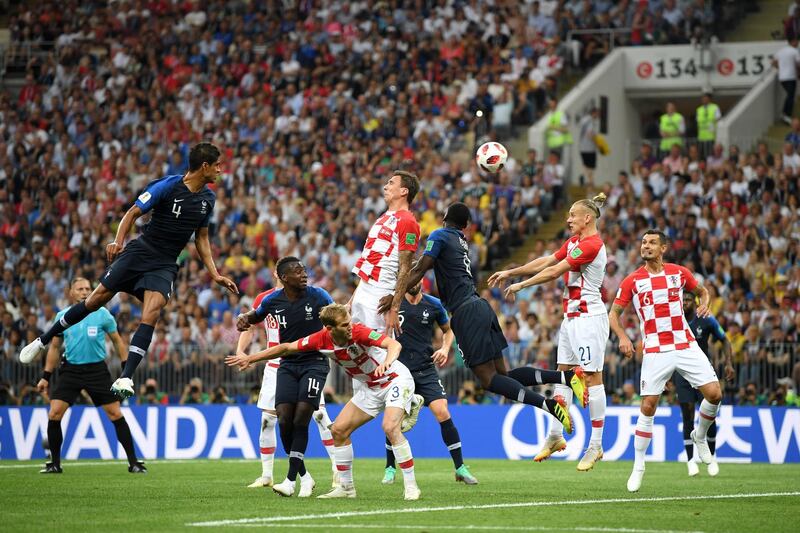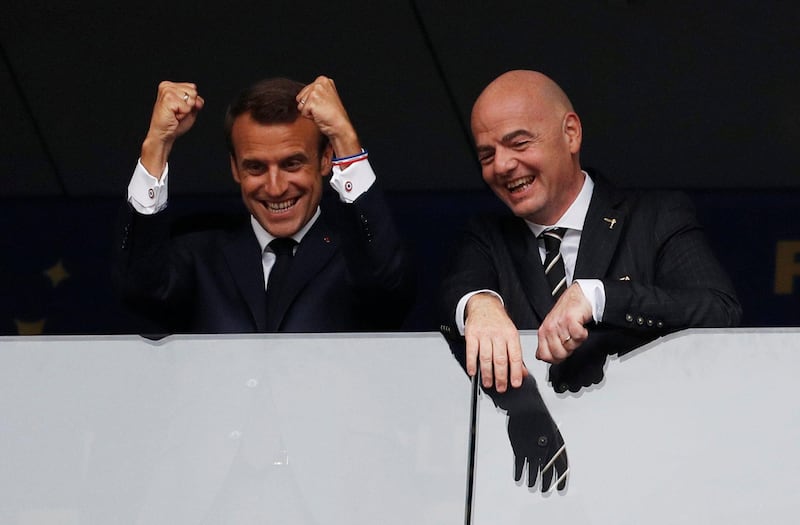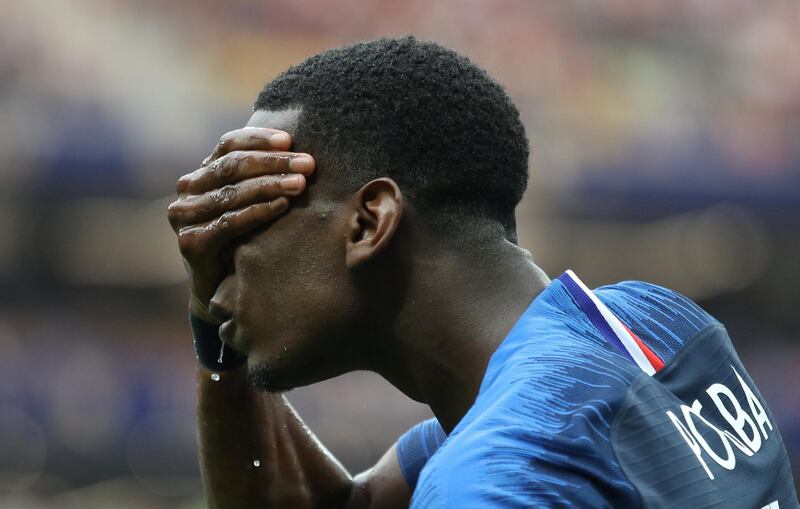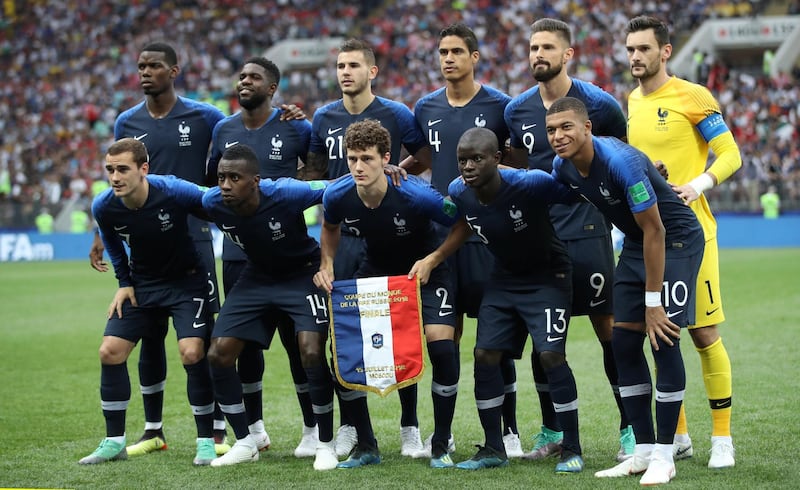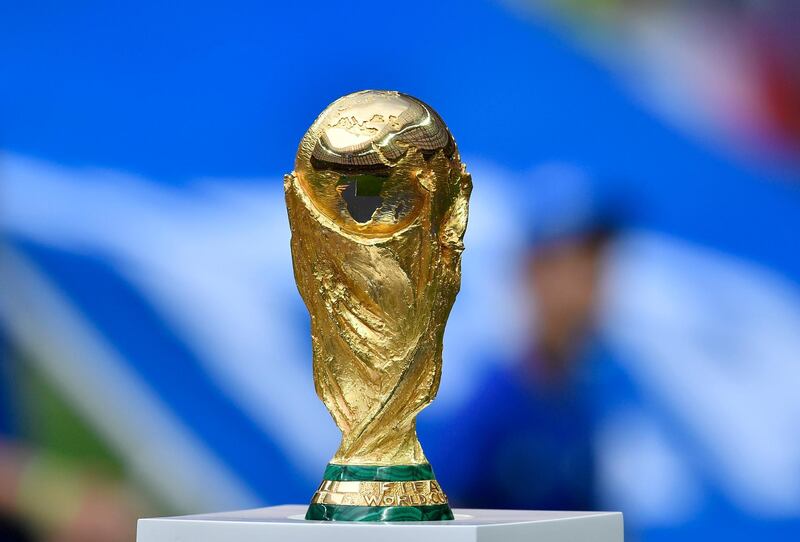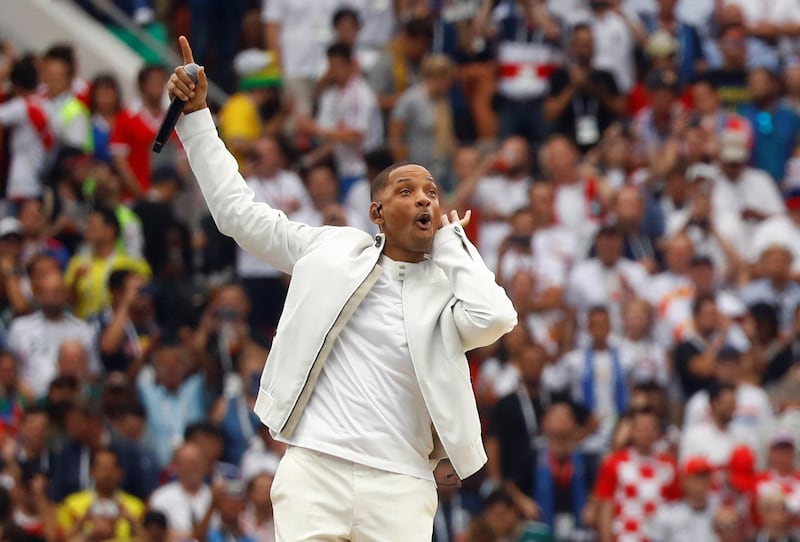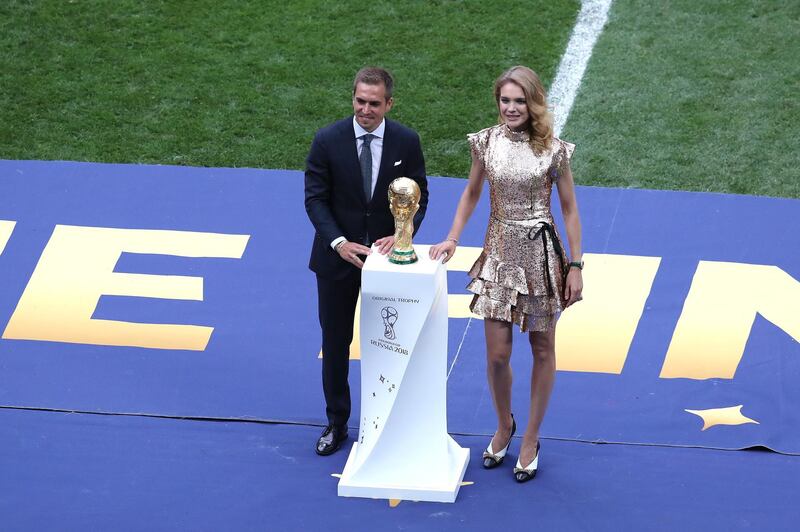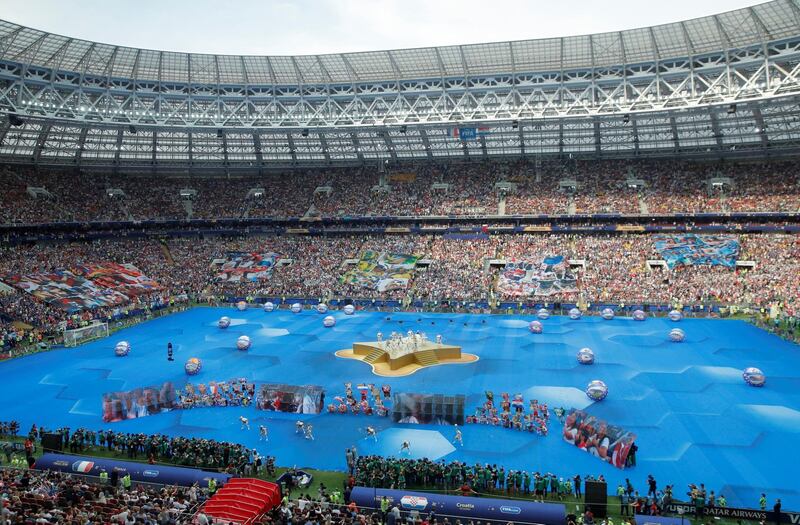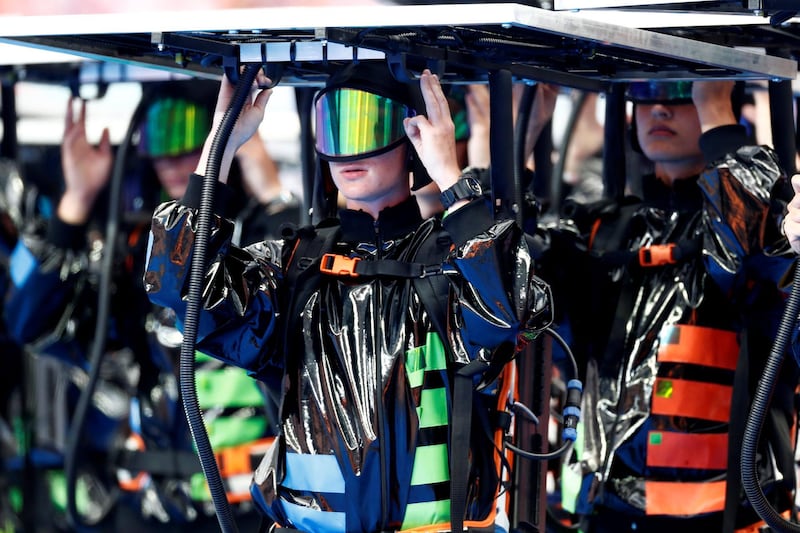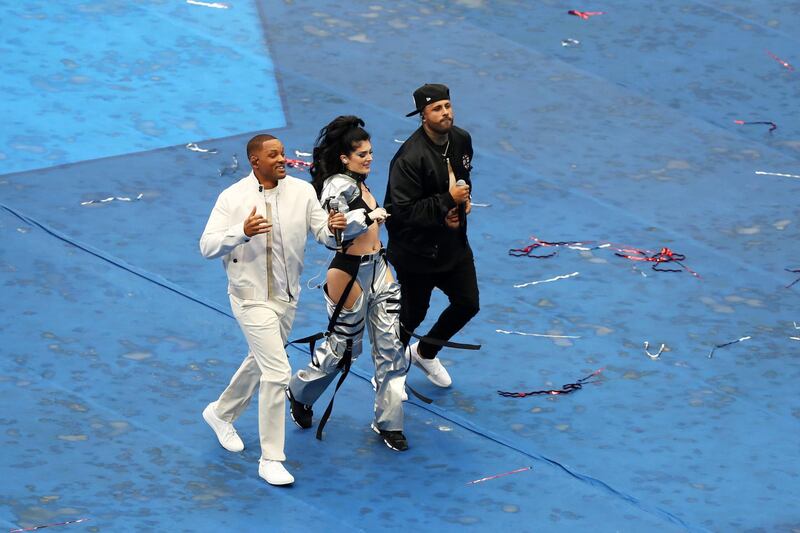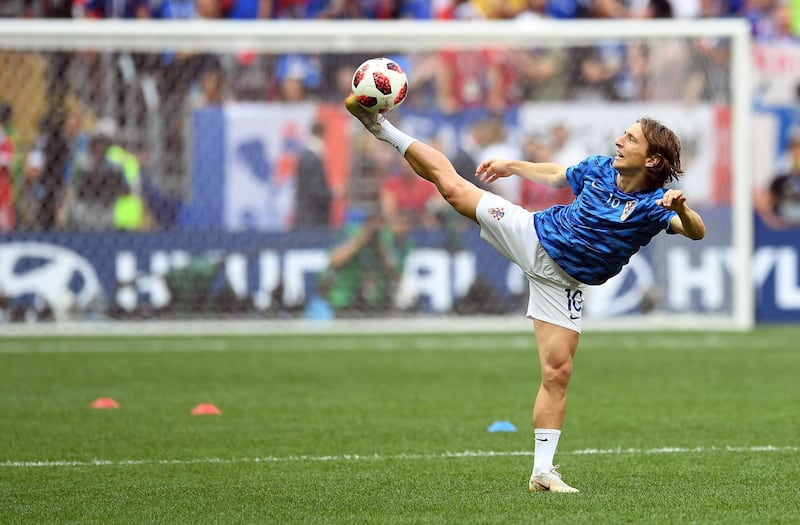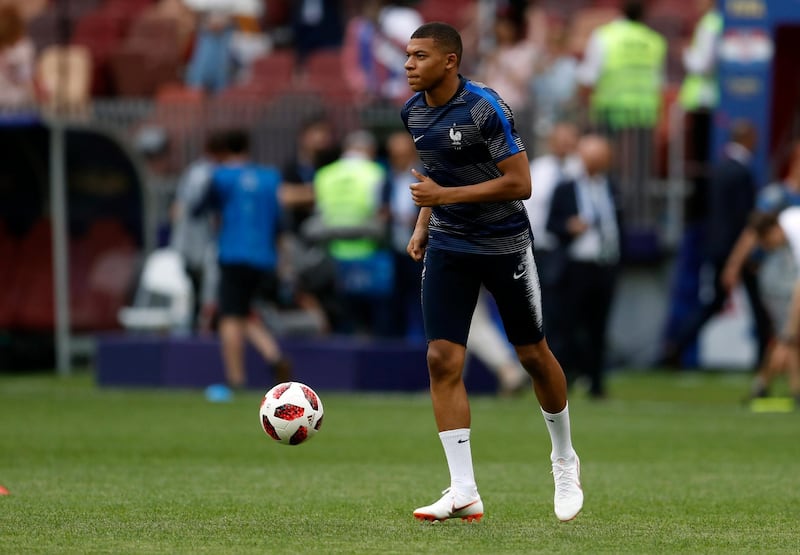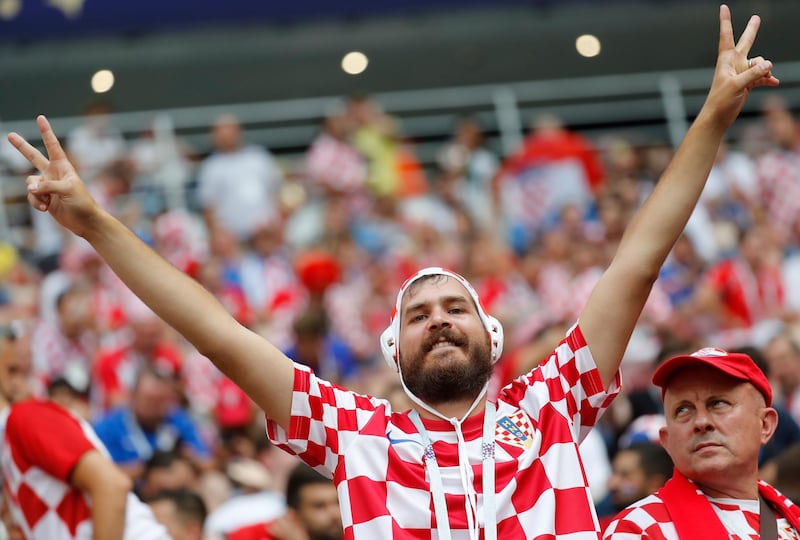It's been months in the making, and finally Fifa's Technical Study Group has published its report on the 2018 World Cup. But what can we gain beyond the obvious that France were worthy winners of the tournament in Russia?
Here are five key findings from the study group, which was headed by Carlos Alberto Parreira, and also included Marco van Basten (Fifa’s chief technical development officer), Emmanuel Amunike, Bora Milutinovic, Andy Roxburgh and Pascal Zuberbuhler, a goalkeeping specialist in Fifa’s Technical Development Division. It was overseen by Fifa’s coaching and player development department, which is led by Branimir Ujevic.
______________
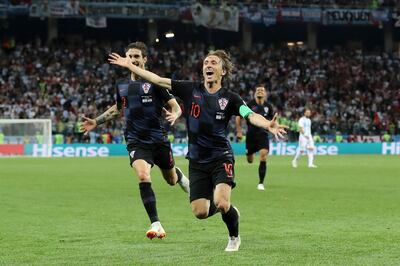
1. Playmakers such as Pogba and Modric are vital
Paul Pogba may split opinion when he's wearing the colours of Manchester United, but he certainly did the business for France, scoring in the final against Croatia when he came up against the other outstanding midfielder of the tournament Luca Modric, who according to Fifa "stole the show".
Fifa observed that there were less of the so-called playmakers this time around and highlighted that the three previous World Cup winners all had prominent playmakers - namely Andrea Pirlo, for Italy in 2006, Andres Iniesta and Xavi for Spain in 2010 and Germany's Bastian Schweinsteiger in Brazil four years ago.
And there's a wonderful quote from Roxburgh: "You can't manufacture a maestro."
______________
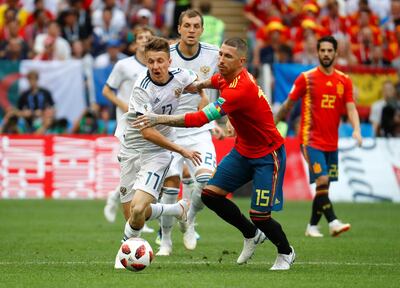
2. High possession doesn't bring success
Spain may have had success in the past with their tiki-taka style of keep-ball, but this time around it failed to propel them beyond the last 16. Their average of 69 per cent per match was the highest, ahead of Germany with 67 per cent during their their group matches before they were knocked out. Argentina were third with 64 per cent while Saudi Arabia, who also went home early, were fourth with 58 per cent. Winners France meanwhile were down in 19th place with 48 per cent per match.
______________
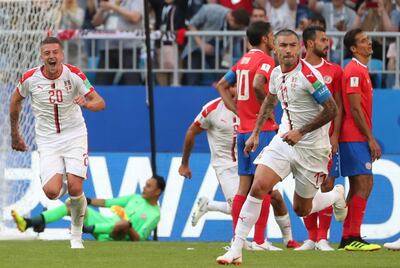
3. Neither does running the furthest
Serbia averaged the highest distance covered during a match with 112,987 miles, followed by Germany and Russia. France were way down in 28th place. What's interesting here is that France were low on possession as well, so it wasn't as if they were making their opponents chase them while they kept hold of the ball. Instead it was about conserving energy for the key moments, as shown by Kylian Mbappe's explosive pace.
This point was highlighted by former Croatia and AC Milan midfielder Zvonimir Boban, now a Fifa deputy secretary general. He wrote: "... the pressing game was far less prevalent than previously, in what is a highly understandable development. At a tournament of the magnitude of the World Cup, energy levels and mental sharpness need to be conserved as far as possible and teams must focus on being consistent and having the ability to read matches better than the opposition."
______________
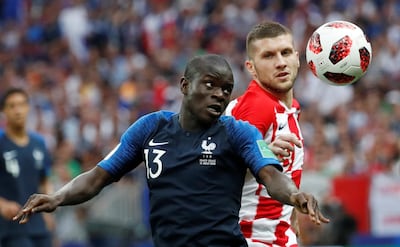
4. The relationship between full-backs and holding midfielders
Hardly the most glamorous of roles, the holding midfielder is a pivotal part of every team these days. And part of that is because of the evolution of the full-back.
Fifa said that previously, the left- and right-sided midfielders almost exclusively occupied the wide areas, operating as wingers, but the game has evolved and this is no longer the case. We typically only used to see one full-back joining in with attacks, whereas now both full-backs look to exploit the space down the flanks.
Parreira said: "Holding midfielders have such an important role as they give the team balance, allowing you to release both full-backs at the same time."
Whether teams are lining up 3-5-2 or 5-3-2, Fifa sees the wide player on both sides now acting as a wing-back and has "witnessed fewer traditional overlaps due to teams' dynamic interchanging of positions".
So, for every Marcelo or Benjamin Pavard you have charging down the wing from defence, you need a Casemiro or N'Golo Kante sitting in ready to cover.
______________
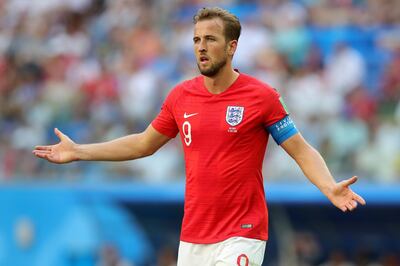
5. Is the traditional No 9 dying out?
The amount of space between the deepest defender and highest attacker was "dramatically reduced", according to Fifa, which led to less long-range shots as teams struggled to find an opening.
It said the role of the traditional No 9 has therefore become more challenging due to the limited space as teams are more organised. The experiences of England's Harry Kane during the tournament are a fine example of this. He may have won the golden boot but barely had a sniff of goal after the group stage and beyond his success from the penalty spot.
Olivier Giroud was a regular in France's frontline but not only failed to find the net, he failed to register a shot on target, while those operating in more roaming roles from deeper areas - Antoine Griezmann and Mbappe - found scoring chances more frequently.
______________
Read more:
Brazil 'better' than Argentina in Jeddah and deserved win, insists manager Tite
Joachim Low defiant as Germany slump continues with defeat to France
June 2, 1979: The day Diego Maradona announced his arrival as the greatest player in the world
